In the vast ecosystem of music, the original recording often stands as the definitive version—the creative vision against which all subsequent interpretations are measured. Yet every so often, a cover emerges that not only challenges the primacy of the original but, in the collective consciousness of listeners, surpasses it. These are not mere reinterpretations; they are artistic reclamations, performances that tap into something deeper, more resonant, or simply more electrifying than the source material. This phenomenon, while rare, offers a fascinating glimpse into the alchemy of performance, production, and cultural timing.
The journey of a cover song to iconic status is seldom a straightforward one. It often begins with an artist’s genuine connection to the material, a sense that within the existing framework lies a different emotional truth waiting to be unlocked. The original might be a hit, a deep cut, or even a forgotten B-side, but the covering artist hears a potential that was previously unexplored. This is not about imitation; it is about transformation. The new version must stand on its own merits, offering a distinct perspective that feels both surprising and inevitable once heard.
Consider the case of Jimi Hendrix’s incendiary take on Bob Dylan’s "All Along the Watchtower." Dylan’s 1967 original is a haunting, minimalist folk parable, delivered with his characteristic nasal gravitas. It’s a great song, but Hendrix saw a storm within its calm. His version, released just a year later, is a whirlwind of psychedelic blues, defined by searing guitar work and a palpable sense of urgency. He didn’t just cover the song; he weaponized it. The transformation was so complete, so powerful, that Dylan himself began performing it in the style Hendrix established. In this instance, the cover didn’t just compete with the original; it rewrote the song’s DNA for generations of listeners and for its own creator.
Another landmark example is Whitney Houston’s monumental rendition of Dolly Parton’s "I Will Always Love You." Parton’s 1974 original is a masterpiece of country restraint, a tender and heartbreaking farewell carried by her fragile, quivering vocals. It was a massive country hit. Houston’s version, crafted for the 1992 film The Bodyguard, is an entirely different beast. Produced by David Foster, it begins with an a cappella whisper before exploding into a vocal tour de force, showcasing Houston’s unparalleled power, control, and soul. It became a global phenomenon, one of the best-selling singles of all time, and for many, the definitive article. Houston took a song of quiet sorrow and turned it into a monumental declaration of loss, its scale matching the epic nature of the film’s romance.
Sometimes, a cover surpasses the original not through sheer power, but through a radical reinvention of genre and mood. The Manic Street Preachers’ gritty, guitar-driven rock anthem "Suicide Is Painless" (the theme from M*A*S*H) completely subverts the original’s intention. The 1970 version by The Mash is a soft, wistful, and ironically cheerful folk tune, its gentle melody belying the darkly humorous lyrics about the ease of suicide. The Manics strip away all irony and jauntiness, delivering the lyrics with raw, punk-inflected despair. Their cover makes you hear the bleakness of the words for the first time, transforming a clever joke into a desperate cry. It’s a case where covering the song revealed a darker, more authentic core that the original’s arrangement had deliberately obscured.
The context of release can also be a critical factor. Johnny Cash’s cover of Nine Inch Nails’ "Hurt" arrived at the end of his life, a fact that imbues every second of the performance with devastating poignancy. Trent Reznor’s original is a masterpiece of industrial angst, a young man’s scream into the void about self-destruction and pain. Cash’s version, produced by Rick Rubin, is slow, sparse, and funereal. Accompanied by a simple, clean guitar and his own weathered, cracking baritone, the song becomes a profound meditation on regret, mortality, and a life lived. The haunting music video, filled with images from Cash’s storied career, sealed its status as an epitaph. Reznor himself said the song no longer felt like his own. Cash didn’t just sing the words; he lived them, and in doing so, created a version that is arguably more powerful and universally human.
What do these rare cases teach us? They suggest that for a cover to truly eclipse the original, several elements must converge. The covering artist must bring a unique and compelling interpretive vision, one that recontextualizes the song rather than mimics it. Production choices are paramount; the new arrangement must serve this new vision, whether by amplifying emotion, shifting genre, or stripping the song down to its bare essence. Perhaps most importantly, the cover must find its own cultural moment, resonating with audiences in a way that feels both fresh and timeless.
These are not acts of usurpation but of homage and alchemy. They prove that a song is not a fixed artifact but a living, breathing entity capable of endless reinvention. The original versions of these songs remain brilliant and beloved in their own right. But the covers that surpassed them did something miraculous: they listened to the blueprint and then built a skyscraper. They heard a whisper and turned it into a roar. In doing so, they secured their own unique and enduring place in the history of music.

By /Aug 22, 2025
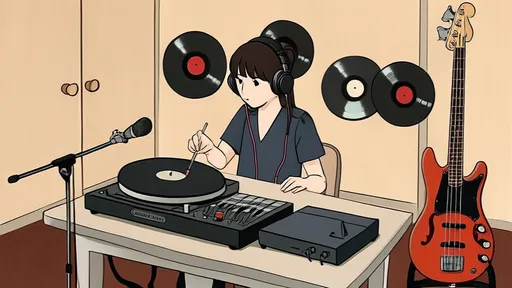
By /Aug 22, 2025
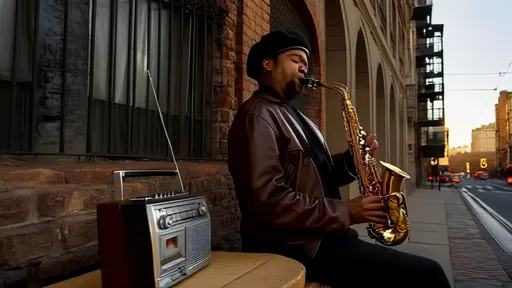
By /Aug 22, 2025

By /Aug 22, 2025

By /Aug 22, 2025
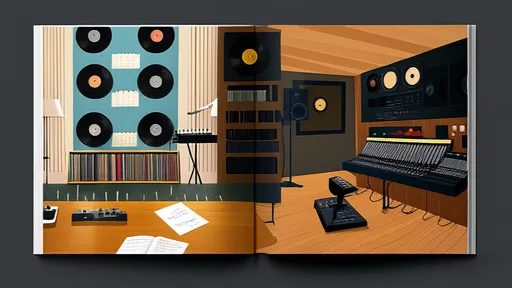
By /Aug 22, 2025

By /Aug 22, 2025

By /Aug 22, 2025

By /Aug 22, 2025

By /Aug 22, 2025
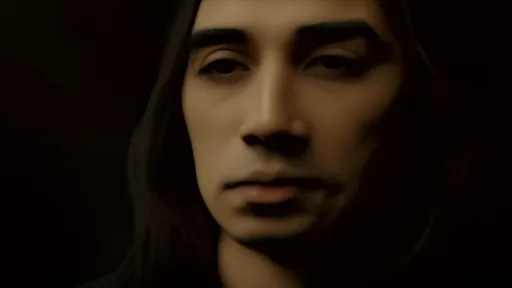
By /Aug 22, 2025
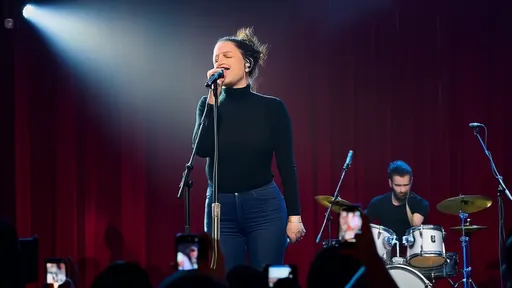
By /Aug 22, 2025

By /Aug 22, 2025

By /Aug 22, 2025

By /Aug 22, 2025

By /Aug 22, 2025
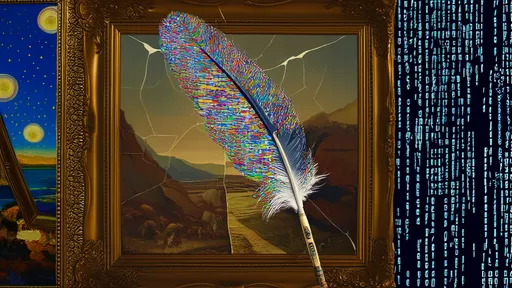
By /Aug 22, 2025
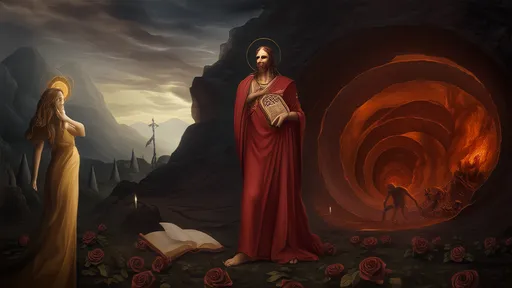
By /Aug 22, 2025
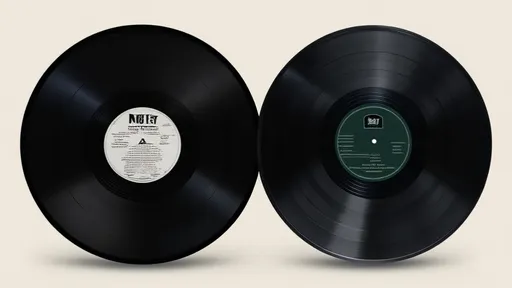
By /Aug 22, 2025

By /Aug 22, 2025